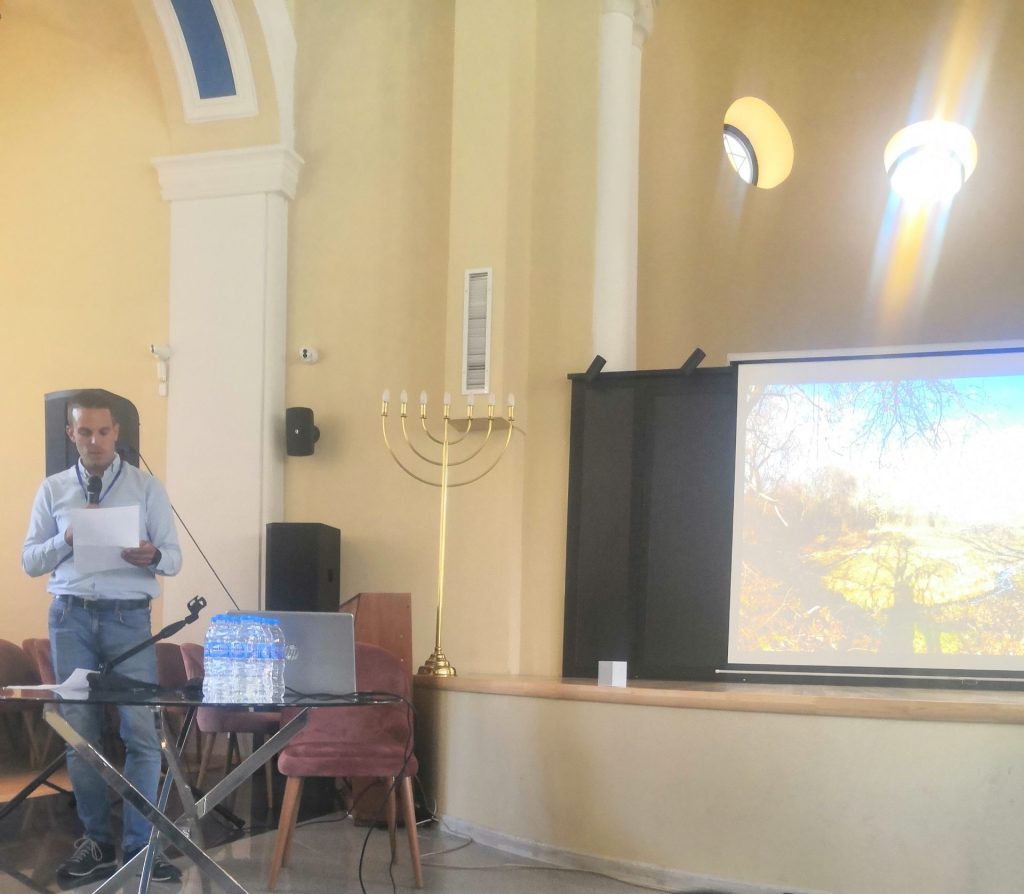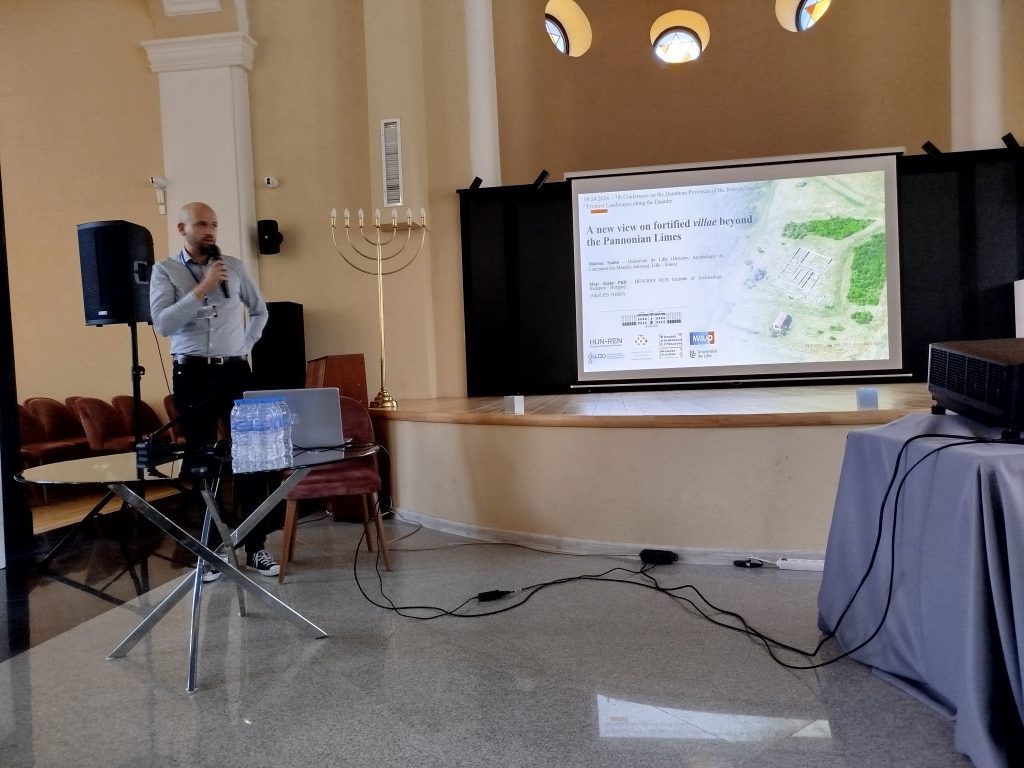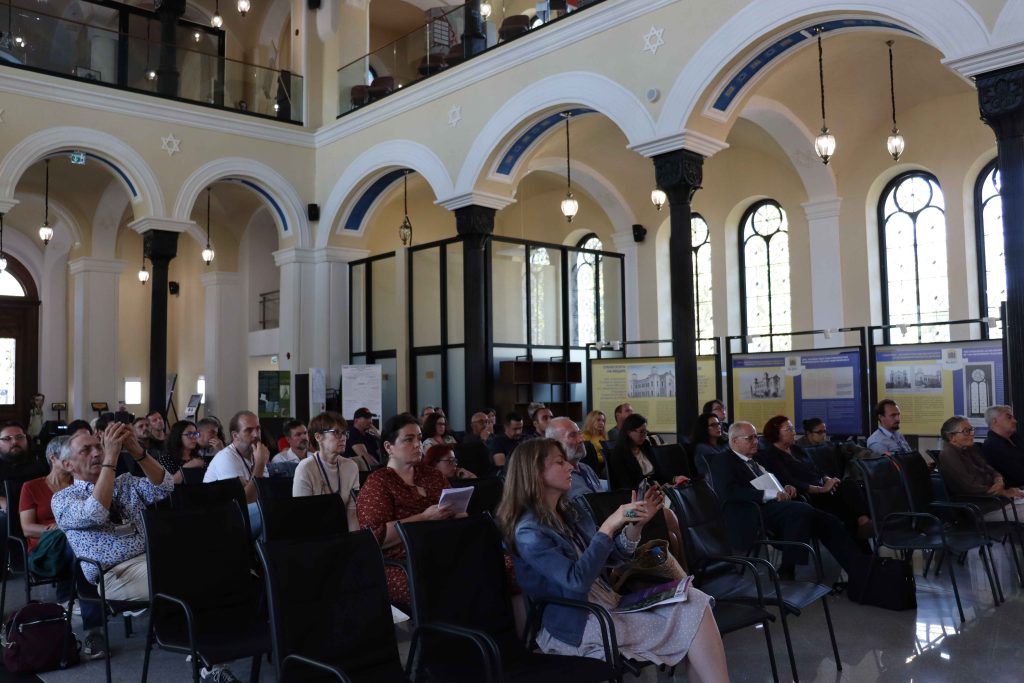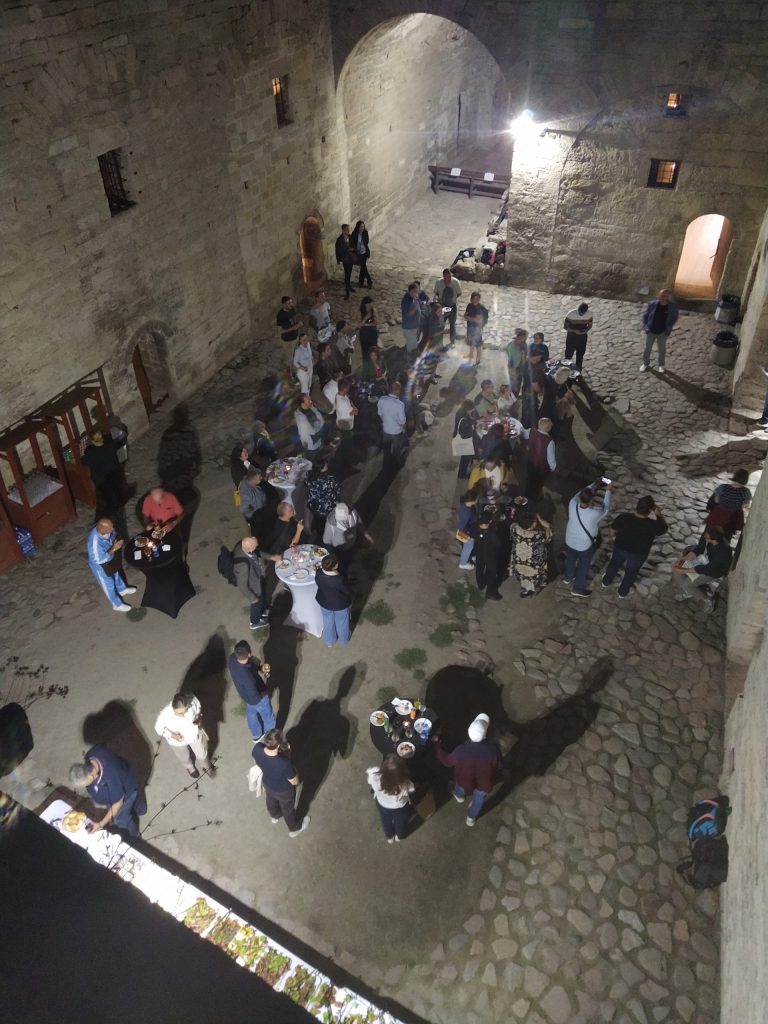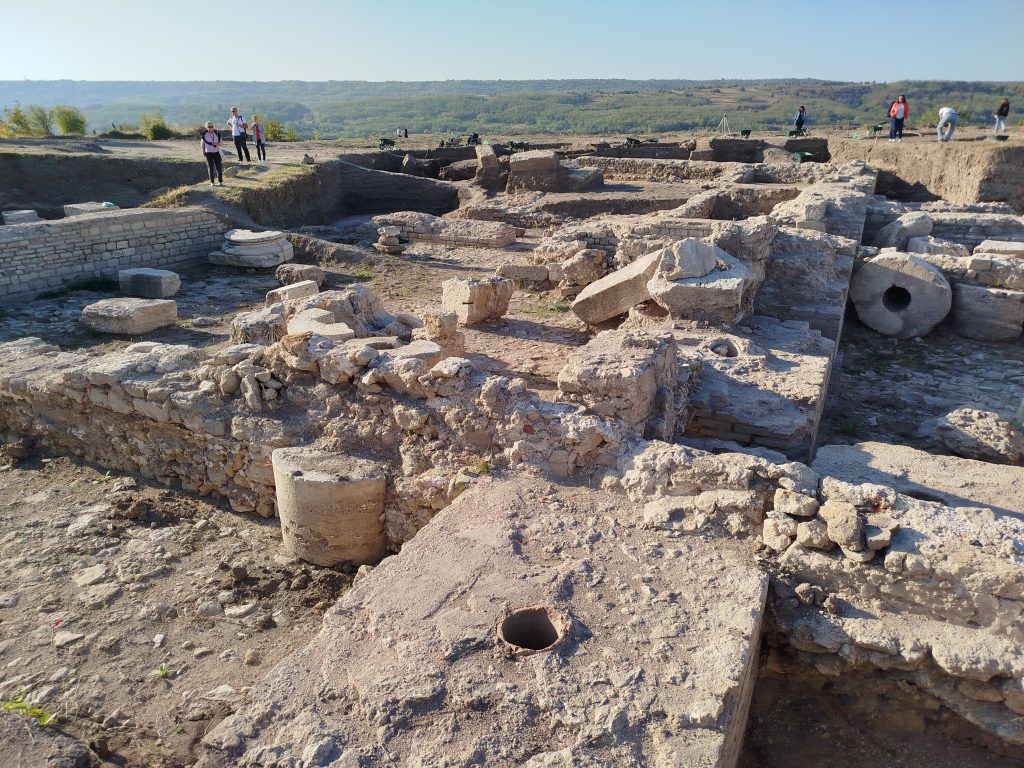Márton Szabó (PhD student at the University of Lille, France) and Máté Szabó (HUN-REN BTK Institute of Archaeology, former postdoctoral fellow of the MASLAP) project participated, from the 24th to 27th September 2024, to the 7th International Conference on the Roman Danubian Provinces – Frontier Landscape along the Danube in Vidin (Bulgaria). Their joint presentation “A new view on fortified villae beyond the Pannonian Limes” focused on new results of the MASLAP project. The chosen topic fitted well in many ways with the current theme of the biennial event too.
During the 20th century, several later Roman villa complexes from Pannonia were excavated on the territory of modern Hungary. By analyzing the layout of the villa urbana, many perspectives on the function of the structures in a given area have been developed. In this context, their interpretation as fortified sites was discussed, supported by their proximity to the Limes and the increasing intensity of barbarian incursions in the 4th and 5th centuries. These opinions were based mainly on the layout of the villae, without the necessary analyzing or (re)evaluating of the finds recovered during the excavations. However, our new investigations are in place, and with the help of the various non-destructive surveys and the processing of the small finds from these estates, there is a possibility for the (re)examination of the interpretation of the multiple villa buildings as fortified villas.
Márton and Máté presented several cases of villae from Pannonia whose contemporary floor plans show certain parallels with each other. The conclusions drawn from them, often without proper evidence, have taken firm root not only in the national but also in the international research. Therefore, in addition to presenting the ground plans, the various fragments, and possible parallels, they aimed to use a different approach to analyze and reinterpret the function of the villa estates, drawing on previous literature but with due criticism. As a result, their presentation shifts away from what we thought we knew for sure and encourages us to revisit the questions we need to ask.
As the processing of the various finds is still ongoing as part of the MASLAP project (micro-scale; social-spaces), it is hoped that by analyzing and comparing finds related to these villa buildings, we will be able to narrow down further and refine the answers to the questions raised about the function of these building types as well as the use of different rooms in each one.
In addition a poster on the results of landscape archaeology relevant to the research on villa estates in late Roman Pannonia was also presented. It illustrated the potential of non-destructive archaeological methods for the investigation of Roman villae. Several landscape-use traces can be identified in the immediate and broader vicinity of selected territories belonging to a villa, and the results open new capability for research in future.
The presentations at the conference touched on several topics in our research area and provided valuable contributions to our theme. Their participation was complemented by excursions. Indeed, the organizers took the participants to important sites known in and around Vidin, giving the attendees the opportunity to see the latest research results in Ratiaria, Castra Martis, and Bononia. The event thus gave not only a place for scientific discussions and presentations, but also directly connected researchers to the areas and to new archaeological results from the Lower Danubian provinces of the Roman Empire.
